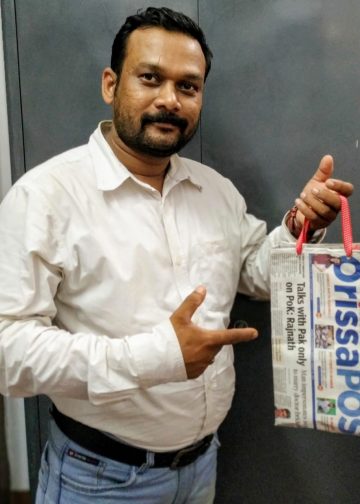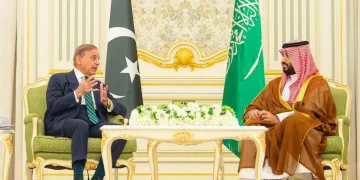As we are about to sign off a year and enter another, news comes in that the government won’t be able to meet its fiscal deficit target of 3.2 per cent for the current fiscal. A shortfall in receipts of Goods and Services Tax in December would compel the government to hit the market with a plan to borrow Rs50,000 crore to meet its commitments for the current year. In the last fiscal, it had met the deficit target of 3.5 per cent. In the budget this year, the government had pegged its aggregate gross market borrowing at Rs5.8 trillion. With Wednesday’s revision, the number now stands at Rs6.3 trillion. The Centre has reiterated its resolve to meet the fiscal target for the current year. However, many developments in the outgoing year and problems carried forward from 2016 have skewed the government’s plan. The news of fiscal slippage has not come as a surprise though. A breach in fiscal deficit target in the current fiscal may force finance minister Arun Jaitley to recalibrate his fiscal consolidation road map of achieving a deficit of 3 per cent of GDP by 2018-19.
There has been uncertainty around the fiscal health of the government ever since it rolled out the GST. Latest data showed receipts from the GST dipped to Rs80,808 crore in November — the lowest since the implementation of the new regime in July. This was a 14 per cent drop from receipts in August, the first month of tax collection and return filing under the new indirect tax system. This has a lot to do with the reduction in rates of over 200 items. The sluggish economic outlook in the country has not helped things either. India’s fiscal deficit (April–October) had touched 96.1 per cent of the budget estimate for the full fiscal year that ends March end 2018. This worked out to 76.4 per cent of the full-year target during the same period a year ago. In absolute terms, the fiscal deficit — difference between expenditure and revenue — was Rs5.25 lakh crore during April–August, 2017-18. The surge in the current fiscal has been mainly due to a spike in expenditure courtesy implementation of the Seventh Pay Commission and the cost incurred on printing of new currency notes following demonetisation.
Higher disinvestment accruals and dividend receipts from public sector units may act as mitigating factors this year. For the first time, the Centre is likely to exceed the target of raising Rs72,500 crore in the current fiscal. Yet, experts reckon the fiscal deficit may still go up by 30 basis points to 3.5 per cent as a result of the additional borrowing of Rs50,000 crore. Jaitley is under pressure to bring the economy back on track, even if it is at the cost of fiscal deficit. The tight fiscal situation may prompt the government to cut down on expenditure, but it appears unlikely. The biggest challenge before the Modi government at the Centre is to create demand and jobs. For this to be achieved, the government must increase investments. The government may have to sell bonds to create additional funds to bankroll investment. The pressure to present a populist budget ahead of the 2019 General Election may also put additional pressure on the government’s fiscal calculations.
Maybe, as a move to pre-empt further slippages, the government Wednesday cut the interest rate on small savings schemes such as Public Provident Fund, Kisan Vikas Patra and Sukanya Samriddhi, by 0.2 percentage points for the January-March quarter. But this is not a wise move. Millions of people including senior citizens and single income lower-middle class families depend on such small savings schemes. Arbitrarily cutting down the returns on these savings will hit these people. The BJP had formed the government, promising jobs for people and bringing about economic recovery. But it is far from these self-proclaimed goalposts. On the contrary, it robs the poor and lower-middle class people of a part of whatever they earned on their savings. The fiscal slippage, a failure to create jobs in the country and now, thinning out of returns on small savings schemes will work to further alienate people from the Modi government.






































